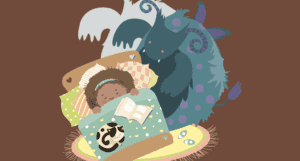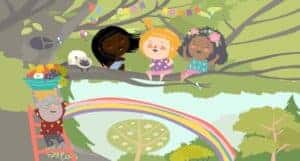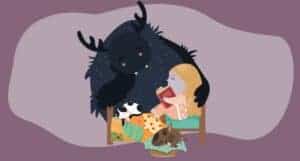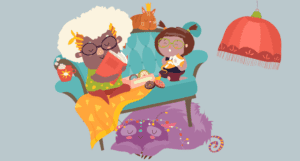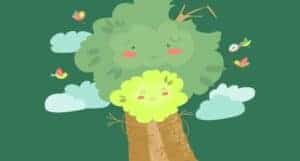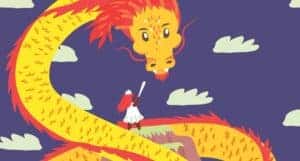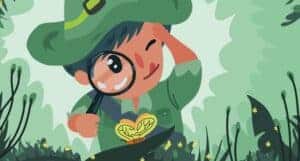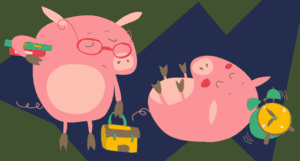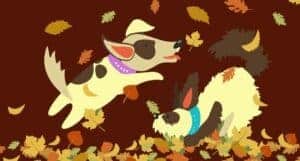Primary Reading Challenge
Read the excerpt below and determine which of the 6 signposts are being used.
It happened one day that the Doctor was sitting in his kitchen talking with the Cat’s-meat-Man who had come to see him with a stomach-ache.
“Why don’t you give up being a people’s doctor, and be an animal-doctor?” asked the Cat’s-meat-Man.
The parrot, Polynesia, was sitting in the window looking out at the rain and singing a sailor-song to herself. She stopped singing and started to listen.
“You see, Doctor,” the Cat’s-meat-Man went on, “you know all about animals—much more than what these here vets do. That book you wrote—about cats, why, it’s wonderful! I can’t read or write myself—or maybe I’d write some books. But my wife, Theodosia, she’s a scholar, she is. And she read your book to me. Well, it’s wonderful—that’s all can be said—wonderful. You might have been a cat yourself. You know the way they think. And listen: you can make a lot of money doctoring animals. Do you know that? You see, I’d send all the old women who had sick cats or dogs to you. And if they didn’t get sick fast enough, I could put something in the meat I sell ’em to make ’em sick, see?”
“Oh, no,” said the Doctor quickly. “You mustn’t do that. That wouldn’t be right.”
“Oh, I didn’t mean real sick,” answered the Cat’s-meat-Man. “Just a little something to make them droopy-like was what I had reference to.
But as you say, maybe it ain’t quite fair on the animals. But they’ll get sick anyway, because the old women always give ’em too much to eat.
And look, all the farmers round about who had lame horses and weak lambs—they’d come. Be an animal-doctor.”
When the Cat’s-meat-Man had gone the parrot flew off the window on to the Doctor’s table and said, “That man’s got sense. That’s what you ought to do. Be an animal-doctor. Give the silly people up—if they haven’t brains enough to see you’re the best doctor in the world. Take care of animals instead—they’ll soon find it out. Be an animal-doctor.”
“Oh, there are plenty of animal-doctors,” said John Dolittle putting the flowerpots outside on the windowsill to get the rain.
“Yes, there are plenty,” said Polynesia. “But none of them are any good at all. Now listen, Doctor, and I’ll tell you something. Did you know that animals can talk?”
“I knew that parrots can talk,” said the Doctor.
“Oh, we parrots can talk in two languages—people’s language and bird-language,” said Polynesia proudly. “If I say, ‘Polly wants a cracker,’ you understand me. But hear this: Ka-ka oi-ee, fee-fee?”
“Good Gracious!” cried the Doctor. “What does that mean?”
“That means, ‘Is the porridge hot yet?’—in bird-language.”
“My! You don’t say so!” said the Doctor. “You never talked that way to me before.”
“What would have been the good?” said Polynesia, dusting some cracker-crumbs off her left wing. “You wouldn’t have understood me if I had.”
“Tell me some more,” said the Doctor, all excited; and he rushed over to the dresser-drawer and came back with the butcher’s book and a pencil. “Now don’t go too fast—and I’ll write it down. This is interesting—very interesting—something quite new. Give me the Birds’ A.B.C. first—slowly now.”
So that was the way the Doctor came to know that animals had a language of their own and could talk to one another. And all that afternoon, while it was raining, Polynesia sat on the kitchen table giving him bird words to put down in the book.
At tea-time, when the dog, Jip, came in, the parrot said to the Doctor, “See, he’s talking to you.”
“Looks to me as though he were scratching his ear,” said the Doctor.
“But animals don’t always speak with their mouths,” said the parrot in a high voice, raising her eyebrows. “They talk with their ears, with their feet, with their tails—with everything. Sometimes they don’t want to make a noise. Do you see now the way he’s twitching up one side of his nose?”
“What’s that mean?” asked the Doctor.
“That means, ‘Can’t you see that it has stopped raining?’” Polynesia answered. “He is asking you a question. Dogs nearly always use their noses for asking questions.”
Which of the 6 signposts did you spot?
What signpost is most evident in this passage?
Site text evidence to show why you made your choice.
(Check your answers below.)


